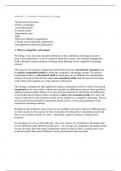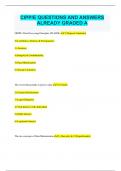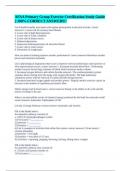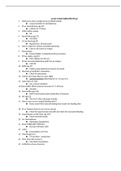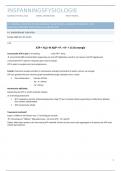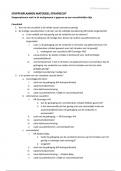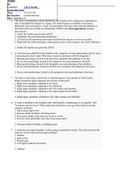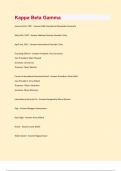Samenvatting
Summary Theories of Strategy study questions (grade: 8)
Comprehensive overview of all study questions answers for the Theories of Strategy course (MSc BA Strategy). Note that two of these study questions are part of the exam. Check my Stuvia page for a comprehensive summary of all lecture, knowledge clips, and articles content as well (grade 8.0).
[Meer zien]
